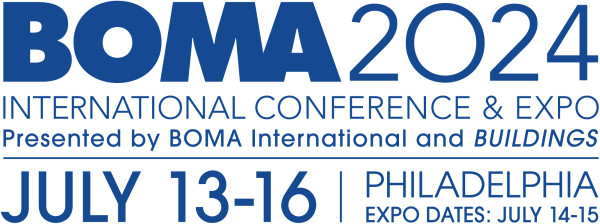AGF products create more efficient fire sprinkler system maintenance for building owners and facility managers. Fire sprinkler systems are vital to protect lives and property should a fire ignite. Caring for these systems with proper testing and maintenance is not only code required, but it's also essential to ensure proper operation in the event of a fire. This is your hub for AGF's resources to improve the efficiency of your building's maintenance. If you have any questions, please contact us.
COLLECTanDRAIN heated auxiliary drains (low point drains) for dry and preaction sprinkler systems come in models with self-maintaining (Model 5450) or fully-automatic (Model 5500) features, so broken auxiliary drains and frequent maintenance are a thing of the past.
RemoteTEST is an inspector's test and drain valve that connects to a fire control panel. That means it's not necessary for maintenance personnel to visit individual test and drain valves on each floor of large facilities for testing. Test a whole building, or even a whole campus, from one location with RemoteTEST.
CORRinSITE is a corrosion monitor that requires no power or coupons for simple corrosion monitoring. When the site glass turns from white to fluorescent orange, a certain amount of your pipe wall has corroded, which gives building owners time to plan for future corrosion issues.
AGF sells the most economical, purpose-built manual air vent on the market, Model 7910. The valve includes a Teflon ball that will self-check and prevent water from spilling out during system filling. That way, no extra maintenance person is needed to watch the valve as a system fills.
PURGEnVENT automatic air vents continuously vent air from your fire sprinkler system to meet NFPA 13 (2016) air venting requirements and help prevent your pipes from corrosion.
AGF offers preassembled floor control risers, auxiliary drains, and air vents for quick and easy repairs or retrofits into your sprinkler systems.



No one knows for sure how our world will change as a result of the COVID-19 pandemic, but there will be changes. In the short term, as the United States starts to re-open facilities, we need to prepare for additional building entry procedures.
Security will likely include temperature taking and health screening questions. Service, maintenance, and inspection personnel need to be provided with masks, gloves, and other PPE. Disinfectant wipes will need to be added to toolboxes so that after touching the fire control panel it can be disinfected.
Gone are the days when a crew can easily access a building and have free roam of the stairwells to access sprinkler system valves. Bottom line, property owners and occupants will want to limit the number of outsiders entering their buildings, limit the areas of the building they access, and limit the amount of time they will be on site. READ MORE
